Notions of Sustainability in the Built Environment
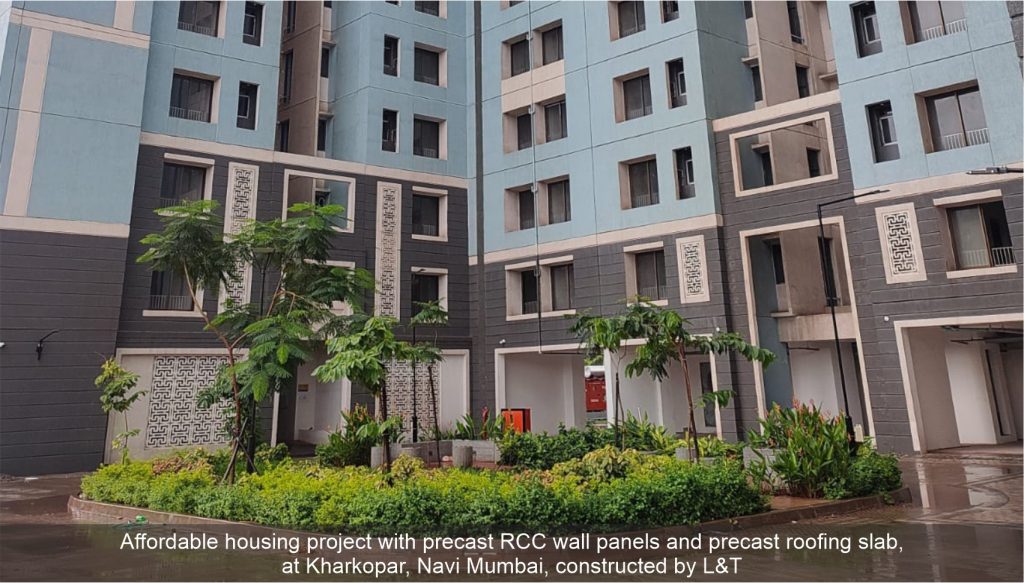
India stands at the cusp of exponential urbanisation, with the urban population expected to double to 1 billion people by 2050. As hubs of concentrated human activity, cities have amplified social, environmental, and economic impacts and are also more vulnerable to the intensifying poly-crisis of climate change, disaster risk, pollution, and biodiversity loss. At the same time, there is growing inequity in the access to urban services, resources, and economic opportunities. In light of these new challenges, it becomes critical to put people and nature at the heart of urban planning and development.
The health of cities and their residents is deeply intertwined with the planning, design, and construction of the built environment. The interaction of the built and the unbuilt, of the grey with the green and blue infrastructure, is a key determinant of the quality of life in a city. Moreover, as major consumers of energy and resources, buildings significantly impact the environment, accounting for 38% of the total carbon emissions1 and almost half of the resource extraction globally2.Cities undergoing redevelopment and densification are also generating growing quantities of construction and demolition waste (C&D waste) as buildings reach their end-of-life. With strategic planning and proactive measures, Tier II, III and IV cities, which are the upcoming growth centres, can avoid the lock-in of inappropriate carbon and resource-intensive construction practices while incorporating future-looking planning strategies with an emphasis on enhancing climate resilience, decarbonisation, and circularity.
This is where architecture, planning, and industry must work together to push the boundaries for collective action. Various public and private stakeholders across the sectoral value chain have important roles to play in this transition, and platforms that can facilitate knowledge sharing and collaboration will be crucial in driving the desired policy and market shifts.
Several initiatives by the Government of India are directly or indirectly geared towards the objectives of a sustainable built environment, including the National Mission for Sustainable Habitats, the National and State Action Plans for Climate Change, Viksit Bharat, and Mission LiFE. The Energy Conservation Building Code and Eco Niwas Samhita lay out energy efficiency guidelines in commercial and residential buildings, respectively. The India Cooling Action Plan has been developed to meet the challenge of rising temperatures and energy demands. The Pradhan Mantri Awas Yojana – Urban is the primary vehicle for delivering affordable housing nationwide. It also has a technology sub-mission to promote innovative materials and technologies.
There is a need to create opportunities for policy convergence and develop the enabling environment for adopting innovative technologies and solutions, including necessary codes and standards, sustainable public procurement–potentially linked to the Government e-Marketplace (GeM), and integration with large initiatives such as PMAY. Such integration must also extend to the sub-national levels through alignment with state and city initiatives. With the Master Plan serving as the primary regulatory instrument for shaping the urban fabric, city managers must be equipped with the necessary tools, capacities, and frameworks to develop evidence-based, dynamic action plans that respond to evolving priorities. Strong public participation in the preparation of such plans can help nudge behaviours for improved community engagement and effective implementation.
Policy support can also help directly stimulate the market for green buildings. With a growing footprint of certified green buildings and certification systems such as Green Rating for Integrated Habitat Assessment (GRIHA), Indian Green Building Council (IGBC), Leadership in Energy and Environmental Design (LEED), Edge, and others, the provision of appropriate fiscal and non-fiscal incentives can encourage developers to adopt better designs and greener materials and technologies. Several initiatives by financial institutions provide concessional finance for projects adopting specific green building measures. Fast-tracked approvals, relief on property taxes, and additional floor allowances can be other means of incentivising project owners. States and cities may also explore institutional finance instruments such as green bonds and carbon markets to support large initiatives.
Such demand-side interventions also need to be supported with an adequate supply of green products and services. For developers to deliver green projects, tested and verified solutions must be available in the market and architects, engineers, and construction professionals must be able to design and execute them. Masons, artisans, and the construction workforce must be trained to use new technologies. In other words, the entire value chain needs to be designed to support skill development for eco-friendly and low-carbon initiatives.
There is a dire need to ease the entry barrier for new materials and technologies and support innovation in this arena. In the mainstreaming of low-carbon and circular building materials and technologies, the advent of low-carbon cement and the utilisation of industrial by-products, such as fly ash from thermal power plants, blast furnace slag from the steel industry, and others, is helping to make concrete more sustainable. Secondary aggregates from C&D waste are also a potential opportunity to minimise the mining of natural stone and sand for concrete. Another exciting development area is bio-based materials, including applications utilising agri-waste, hemp, earth, mycelium, and other circular uses of waste streams such as plastics and textiles. Many of these technologies are also conducive to micro and small-scale production and present an opportunity to set up decentralised production facilities based on local needs and the availability of resources. While many market-ready technologies exist, their adoption remains far from effective. The decarbonisation agenda cannot move without addressing the embodied carbon aspects of construction materials, which in turn requires a robust green building material supply chain.
The construction sector links to over 250 ancillary industries and is among the toughest to move owing to the capital-intensive and risk-averse nature of real estate development and the long life of infrastructure assets, combined with a high degree of informality in the value chain. Homes are also emotional and aspirational investments for consumers who are reluctant to experiment with new technologies against the regular brick and concrete structures they are familiar with. However, living environments have deep implications for the physical and mental health of users and must be treated as such, going beyond individual plot boundaries and applying to cities as a whole. Livability must become the cornerstone of urban planning and construction to ensure that the physical systems are designed to balance the needs of people and the planet.
The Development Alternatives Group is working to advance this narrative through the Alt Urban programme with a key focus on four thematic areas: Low-carbon and Circular Built Environment, Climate-Resilient Urban Planning and Habitat Solutions, Improved Urban Water and Waste Management, and Climate Education and Sustainable Lifestyles.
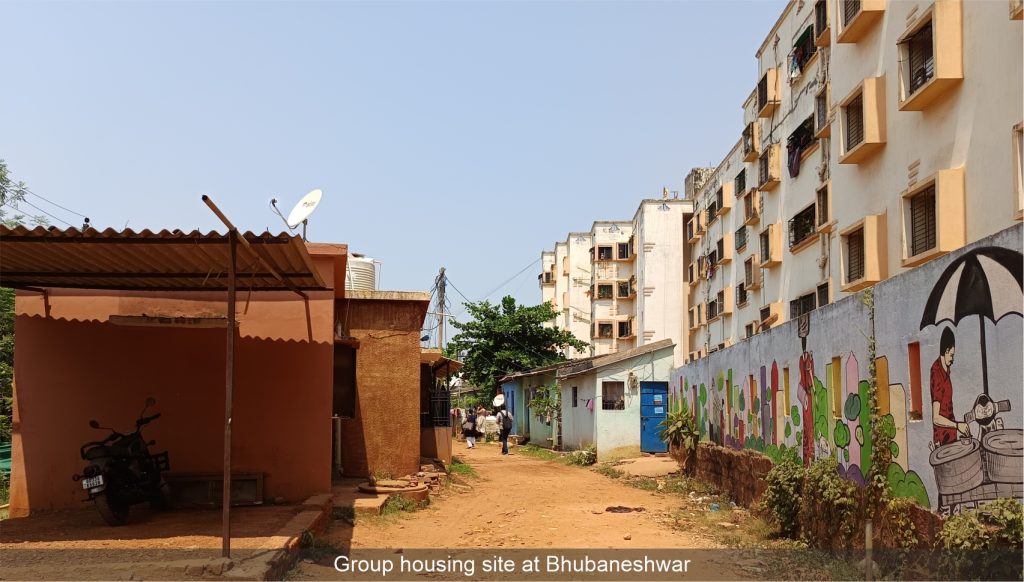
To drive this agenda, it is crucial to understand cities as complex, layered entities with unique identities. They are composed of people with various socio-economic-cultural dynamics that guide their aspirations and behaviours, nature and various ecosystem services it provides, and the built infrastructure that provides shelter and basic services. To make cities more inclusive, ‘affordability’ becomes just as important as affordable housing. Management of green spaces and water bodies is crucial in responding to rising temperatures and supporting urban biodiversity. Adaptive, technology-driven pathways for urban planning that are cognisant of climatic shifts and can meet the needs of various actors will be critical in laying the foundation for green urban futures3 that are resilient, smart, and sustainable.
References
- GlobalABC/IEA/UNEP (Global Alliance for Buildings and Construction, International Energy Agency, and the United Nations Environment Programme) (2020). GlobalABC Roadmap for Buildings and Construction: Towards a zero-emission, efficient and resilient buildings and construction sector. IEA, Paris.
- www.materialflows.net/visualisation-centre/, last accessed May 2023
- UN Habitat. 2022. World Cities Report 2022. UN Habitat, Nairobi.
The views expressed in the article are those of the authors and not necessarily those of Development Alternatives.
This blog first appeared as an editorial in Development Alternatives Newsletter January 2025 https://devalt.org/newsletter/57



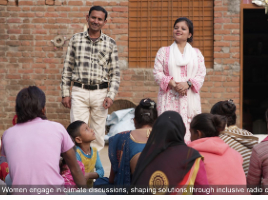
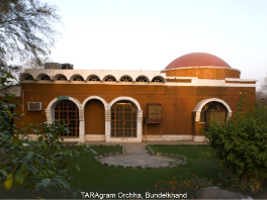
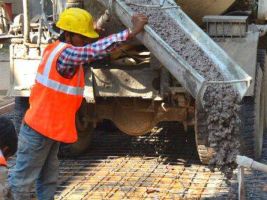
Leave a Reply